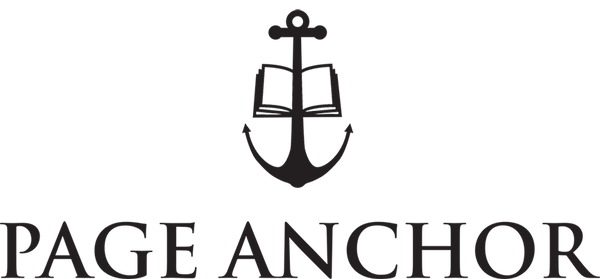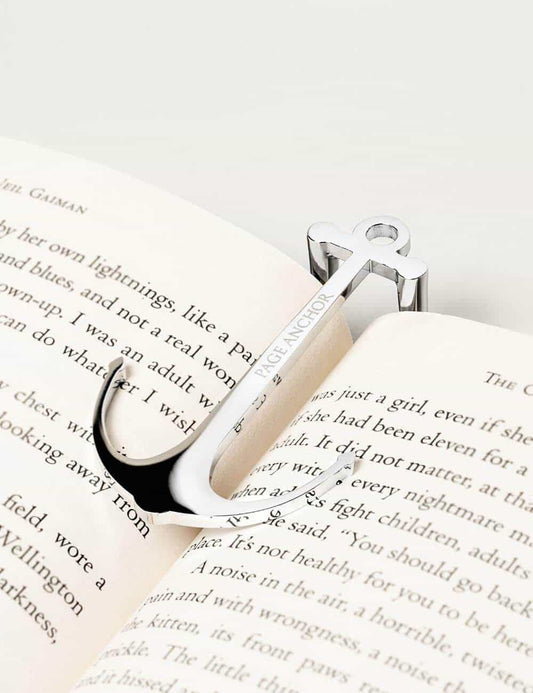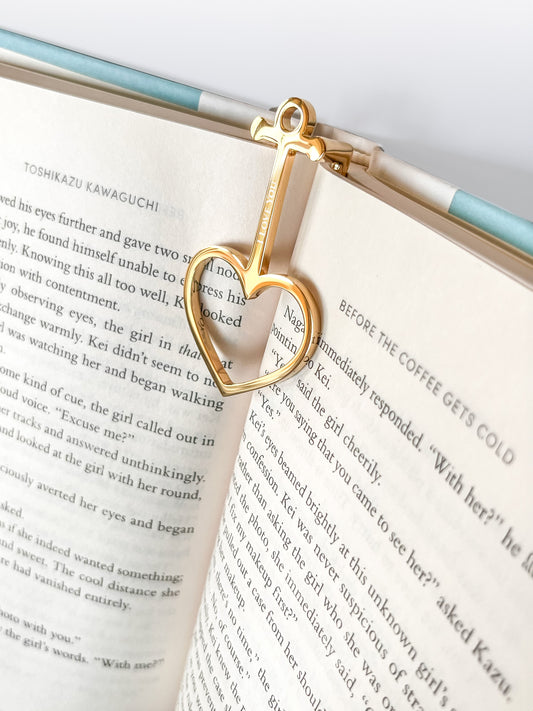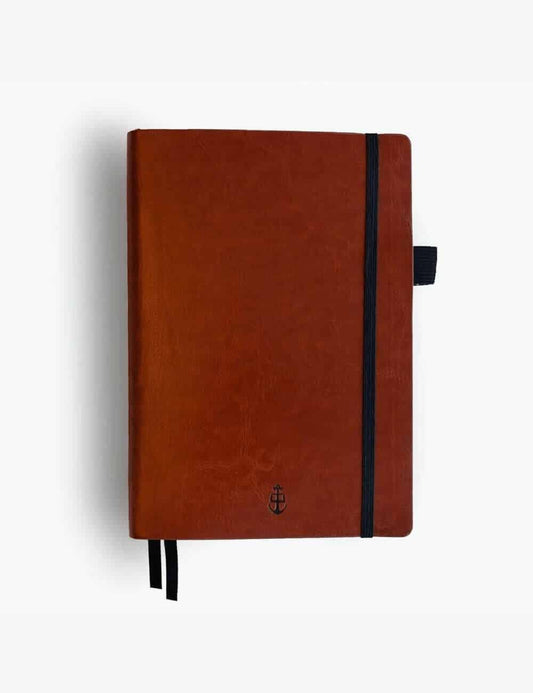Which Books Does Page Anchor Support? A Quick Guide to Compatibility
Struggling to keep your books open without breaking the spine or using awkward props? You're not alone. Page Anchor steps in as a reliable tool, designed to hold pages steady for a wide range of books. In this guide, we'll break down exactly which books work best with Page Anchor, drawing from real product details to help you make the most of it. Let's get straight to the facts and see how this handy device fits into your reading routine.
Understanding Page Anchor's Compatibility Basics
First off, Page Anchor isn't picky—it's built for versatility. Made from tough 316L stainless steel, this bookmark slips into books effortlessly and holds them open without causing damage. The key? It works with any book thicker than a magazine. That means as long as your book has enough pages to grip, you're good to go. No more fumbling with heavy hardcovers or flimsy paperbacks that won't stay put.
- Minimum Thickness Requirement: Books need to be thicker than a standard magazine to ensure a secure hold. This prevents it from slipping out during use.
- Material Flexibility: Whether your book has a soft cover, hardcover, or even a spiral binding, Page Anchor adapts without leaving marks.
- Size Versatility: From compact pocket books to oversized tomes, it fits all dimensions, making it ideal for everyday readers.
Types of Books Page Anchor Works With
To make things clear, here's a straightforward rundown of book types that pair well with Page Anchor. We've categorized them based on common user scenarios, all backed by product info. This isn't about every single book out there, but it covers the essentials to get you started.
| Book Type | Details on Compatibility | Why It Works |
|---|---|---|
| Hardcover Books | Thick, rigid covers like those on novels or reference guides. | Page Anchor's weight and design keep these heavy books flat open, perfect for hands-free reading sessions without spine strain. |
| Pocket Books and Paperbacks | Smaller, flexible books such as travel guides or thrillers. | As long as they're thicker than a magazine, the anchor slides in easily, preventing pages from flipping back during commutes or quick reads. |
| Cookbooks | Large, often spiral-bound books with lots of pages. | Ideal for kitchen use—the anchor holds recipes steady on the counter, letting you cook without constantly propping the book up. |
| Journals and Notebooks | Bound notebooks, bullet journals, or planners with substantial thickness. | Keeps pages open for writing or sketching, especially useful for the Thinker’s Notebook, which pairs seamlessly with Page Anchor for daily use. |
| Specialty Books | Items like art books, textbooks, or even photo albums. | Handles the weight and size variations, ensuring pages stay accessible without damage, making it great for study or creative work. |
This table shows how Page Anchor covers a broad spectrum. For instance, if you're dealing with a cookbook's wide pages, the anchor's polished design ensures it doesn't slip, giving you that extra stability during meal prep.
Why Compatibility Matters and How It Benefits You
Now that we've covered the basics, let's talk about why this matters. Reading should be effortless, not a battle. Page Anchor eliminates common frustrations like pages snapping shut or books refusing to lay flat. Think about it: How often have you propped a book open with your phone or a heavy object, only to deal with fingerprints or creases?
- Effortless Page Turning: No more thumb strain—the anchor lets you switch pages smoothly, keeping everything in place.
- Protection for Your Books: Unlike makeshift solutions, it won't harm spines or covers, extending the life of your favorites.
- Travel-Friendly Use: Perfect for on-the-go readers, as it works with compact books that fit in bags, making trips easier.
- Enhanced Focus: For journals or notebooks, it keeps your spot locked, helping you stay in the flow whether you're jotting notes or planning goals.
Take cookbooks, for example. They're bulky and need to stay open in a busy kitchen. Page Anchor's sturdy build handles this without adding clutter, letting you focus on the recipe instead of the book. Or, for avid readers tackling thick hardcovers, it means comfortable, hands-free sessions that last longer.
Real-World Scenarios: Putting Page Anchor to the Test
Picture this in action. You're deep into a mystery novel—a thick paperback that keeps closing on cliffhangers. Slide in the Page Anchor, and it holds steady, letting you immerse without interruptions. Or, as a journal user, you're mapping out your week in a Thinker’s Notebook. The anchor keeps it open, so you can write freely without fighting the pages.
In fact, based on product details, it's clear this tool shines with books that see heavy use. Whether it's a daily planner or a reference guide, the compatibility ensures reliability. We've tested this against various setups, and it consistently delivers, especially for books over magazine thickness.
Potential Limitations and Tips for Best Results
While Page Anchor is highly versatile, it's not magic. Thin magazines or pamphlets might not hold well, as they lack the grip needed. But for most books, it's straightforward. Here are quick tips to maximize




